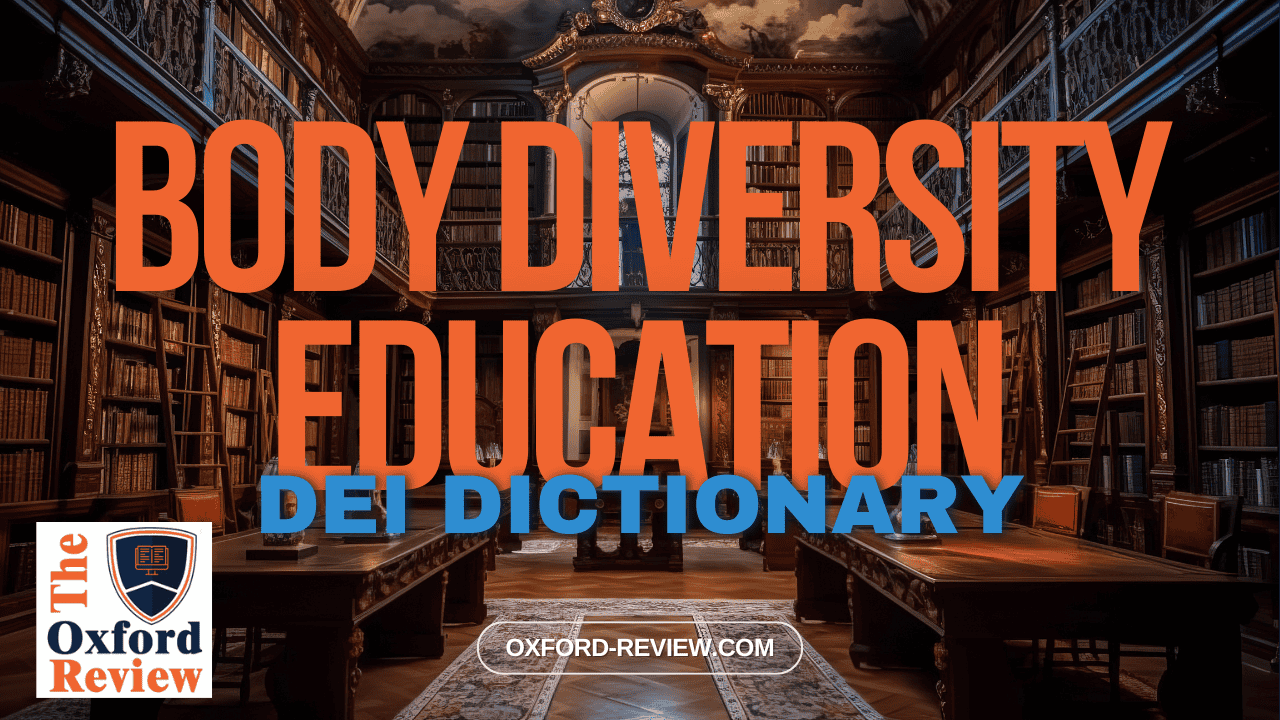Body Diversity Education – Definition and Explanation

Body Diversity Education: Embracing Differences for Inclusive Understanding
In the ever-evolving landscape of Diversity, Equity, and Inclusion (DEI), one term gaining prominence is Body Diversity Education. This concept encapsulates a crucial facet of inclusive discourse by promoting understanding and acceptance of diverse body types, sizes, and shapes.
Understanding Body Diversity Education
Body Diversity Education encompasses initiatives, programs, and conversations aimed at celebrating the myriad of body types present in our society. It seeks to challenge prevailing norms and stereotypes surrounding beauty and body image by advocating for acceptance and appreciation of all bodies, irrespective of their size, shape, ability, or appearance.
At its core, Body Diversity Education strives to dismantle harmful societal constructs that perpetuate unrealistic beauty standards, often leading to body dissatisfaction, low self-esteem, and mental health issues. By promoting a more inclusive narrative, it empowers individuals to embrace their unique bodies and fosters a culture of acceptance and respect for diversity.
The Impact:
The impact of Body Diversity Education extends far beyond individual empowerment; it resonates within communities and institutions, driving systemic change towards greater inclusivity. By incorporating body diversity into educational curricula, workplace policies, and media representation, societies can challenge bias and discrimination based on appearance, creating environments where everyone feels valued and respected.
In the UK, initiatives such as the “Be Real Campaign” exemplify the principles of Body Diversity Education in action. Launched by the YMCA and Dove, this campaign advocates for body confidence and self-esteem by challenging beauty stereotypes and promoting a more inclusive representation of body diversity in the media and advertising.
Why Body Diversity Education Matters:
Body Diversity Education is not merely about promoting body positivity; it’s about fostering a deeper understanding of the intersecting factors that shape our perceptions of bodies. By acknowledging the influence of culture, media, and societal norms on body image, we can work towards dismantling systemic inequalities and creating a more equitable society for all.
Conclusion:
Body Diversity Education serves as a cornerstone in the journey towards building inclusive communities where every body is celebrated and respected. By embracing differences and challenging preconceived notions, we pave the way for a more equitable future where diversity is not just accepted but embraced as a source of strength and beauty.
Be impressively well informed

Get the very latest research intelligence briefings, video research briefings, infographics and more sent direct to you as they are published
Be the most impressively well-informed and up-to-date person around...
